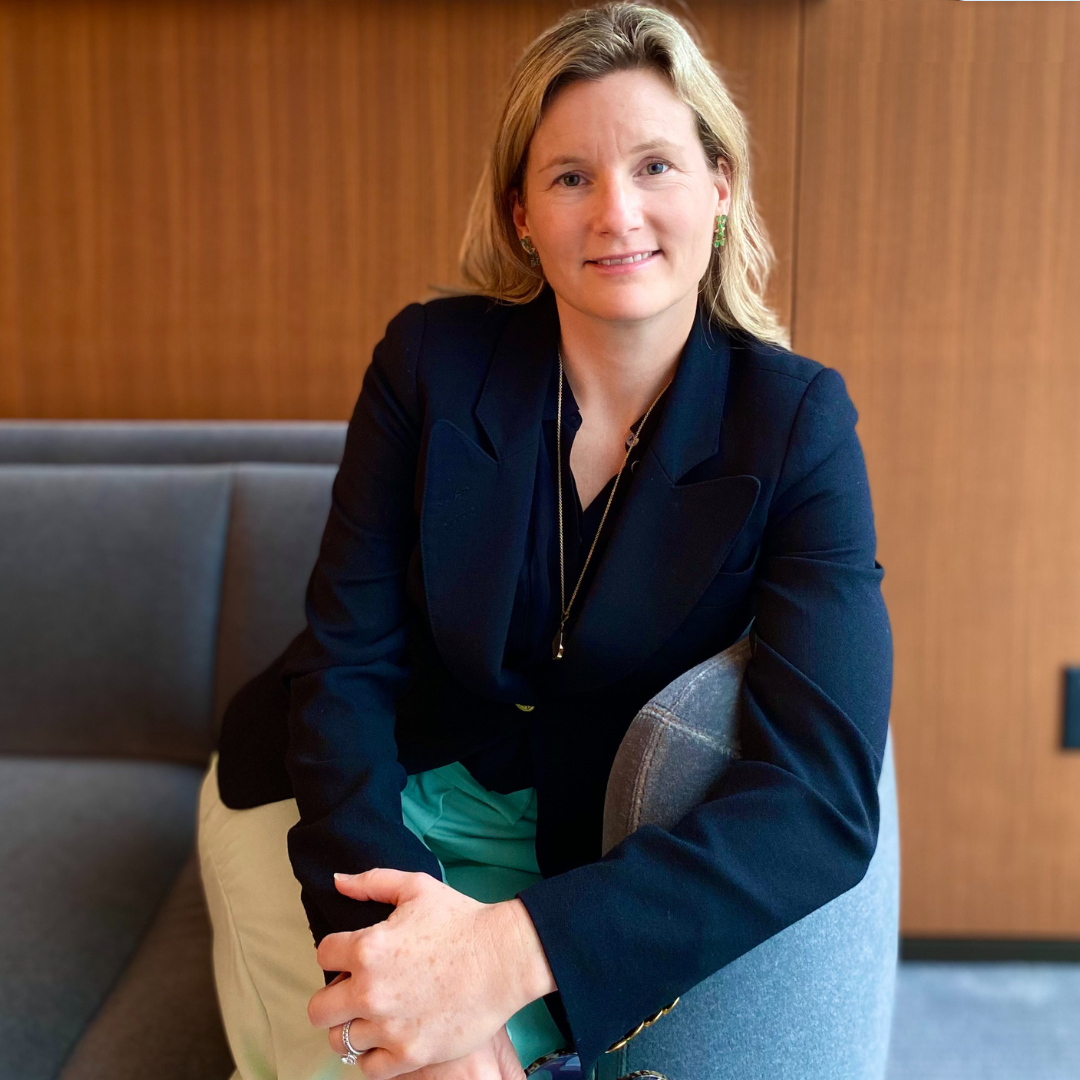2025…
By Remaining Open and Curious, This Scotiabank Executive Built an Aspirational Finance and Fintech Career
Stephanie Larivière, Managing Director & Global Head, Currencies and Commodities Sales & Derivatives Products Group at Scotiabank, shares her perspective.

By Sarah Kelsey
How do you build a team that’s agile and able to innovate on the fly? For Stephanie Larivière, it starts with diversity.
“Diversity is not only the right thing to do for our people, but it’s a good thing to do from a business perspective,” the Managing Director & Global Head, Currencies and Commodities Sales & Derivatives Products Group at Scotiabank says. “Bringing together people with different backgrounds and experiences [enables us to better deliver] to a client base that’s become very diverse over time.”
This commitment to diversity has been the backbone of a team that is more forward-thinking, putting them at the forefront of innovative banking solutions. Stephanie knows that when the right kind of psychologically safe environment is created by a leader to empower their teams, they’ll feel unrestricted and free to step out of their comfort zone. It’s in that space where the most innovative ideas are usually developed — ideas that engage employees, build a better business, and win clients.
“When [team members] feel okay to challenge themselves, to question how things are being done, or [are okay with raising] their hands if they’re unsure about something, [they can get creative],” Stephanie adds. “[It’s about] being comfortable in failing and making mistakes, and feeling empowered to put yourself out there.”
The latter is something Stephanie knows a thing or two about. She has built an incredibly successful decades-long career in the world of finance and fintech without a definitive plan for how she wanted life to look in the near and distant future.
What Stephanie knew was that she wanted to open herself up to new opportunities for learning, so she always put her hand up for a job.
“I’m not a tick-the-box type of person,” she says. “I feel like when you have a plan, you’re closed off to opportunities when they come up. If you have these blinders on, and you’re committed to a certain path or way of doing something, perhaps that fear factor kicks in. [We often think] there are more downsides than upsides [to failing and not planning]. I always tell my teams – you’re more ready than you think.”
Stephanie’s resume demonstrates the success that comes from saying “yes” to those opportunities when they present themselves. After completing a bachelor in finance at HEC Montréal, she joined one of the world’s leading capital markets technology solutions companies. Stephanie later earned an executive MBA at the Smith School of Business at Queen’s University.
After becoming the organization’s managing partner, she made the leap to the National Bank of Canada, where, over 17 years, she held increasingly senior roles across business segments in their Capital Markets Group. She joined Scotiabank in 2021, and now oversees advisory and execution services to retail, commercial, corporate, and institutional clients for their hedging and investment needs for currency, commodity, and interest rates. She’s also responsible for risk solutions structuring, FX strategy and FX electronic trading.
Stephanie says part of her success has been her belief that the client should be at the centre of everything she — and the organization she works for — does.
“What you can’t see in my CV is that I’ve always had a passion for clients. All of my jobs have been client-facing,” she says, noting that she loves delving into her clients’ needs and figuring out how to best approach their hardest-to-solve (and sometimes unknown) queries.
“My approach to client relationships has always been long-term,” Stephanie says. “I know that it needs to be more of a partnership instead of a buyer and seller [dynamic]. A lot of people go into [a client meeting] showing off what they know or pitching how valuable they can be. Don’t. Stop and listen. Understanding the client’s needs and taking time to understand their context and identify the problems they have — their blind spots — that is really where and how we can understand our value.”
Stephanie is also a big believer in mentorship. “I have benefitted from mentorship myself and I always have time for it,” she says. “I hope that [the people I connect with] learn something from me, and I always learn something from them. By doing and watching your peers and [learning from] their breadth of experience [and perspective], growth happens.”
She adds that she can’t wait to see what the next generation of talent is capable of accomplishing, and that leaders should think about what they can do to adapt to work with those entering the workforce, not the other way around.
“I’m so excited about the future,” she says. Because of the skill set, mindset, and innovative ways Gen Z is approaching work, Stephanie says this generation is coachable and willing to learn. They’re agile, collaborative, and — above all else — diverse, meaning they come with innovative ideas that can solve society’s biggest problems.
“The world is changing fast,” adds Stephanie. “The losers will be the ones who are backward-looking and static. If you want to stay on top of your game, you need the agility to pivot as conditions change. As leaders, we have a responsibility to re-imagine the box, not re-invent the people. Increasing the diversity of our teams — the diversity of [our employees’] backgrounds, cultures, education, experience — will help us to build great innovations and [generate] ideas that we can bring to our clients.”
2025…
2025 Top 25 Women of Influence+ Luncheon: Media Wall
By…
Women’s Leadership Looks Different — So Why Do We Ignore It?
By…
Meet Nadine Bernard, the Entrepreneur Bridging Indigenous and Corporate Canada, and RBC Canadian Women Entrepreneur Awards Micro-Business Winner
By…
How One New Brunswick Entrepreneur Built on a Family Legacy to Lead in the Automotive Industry
By…
